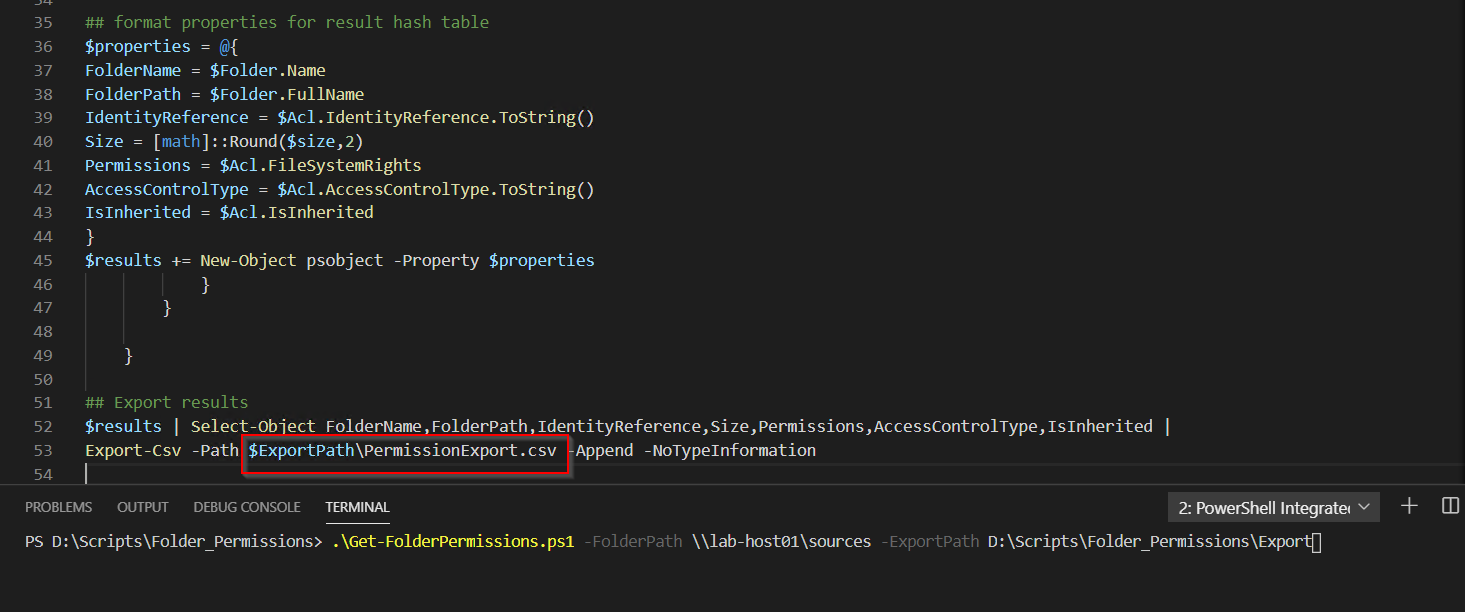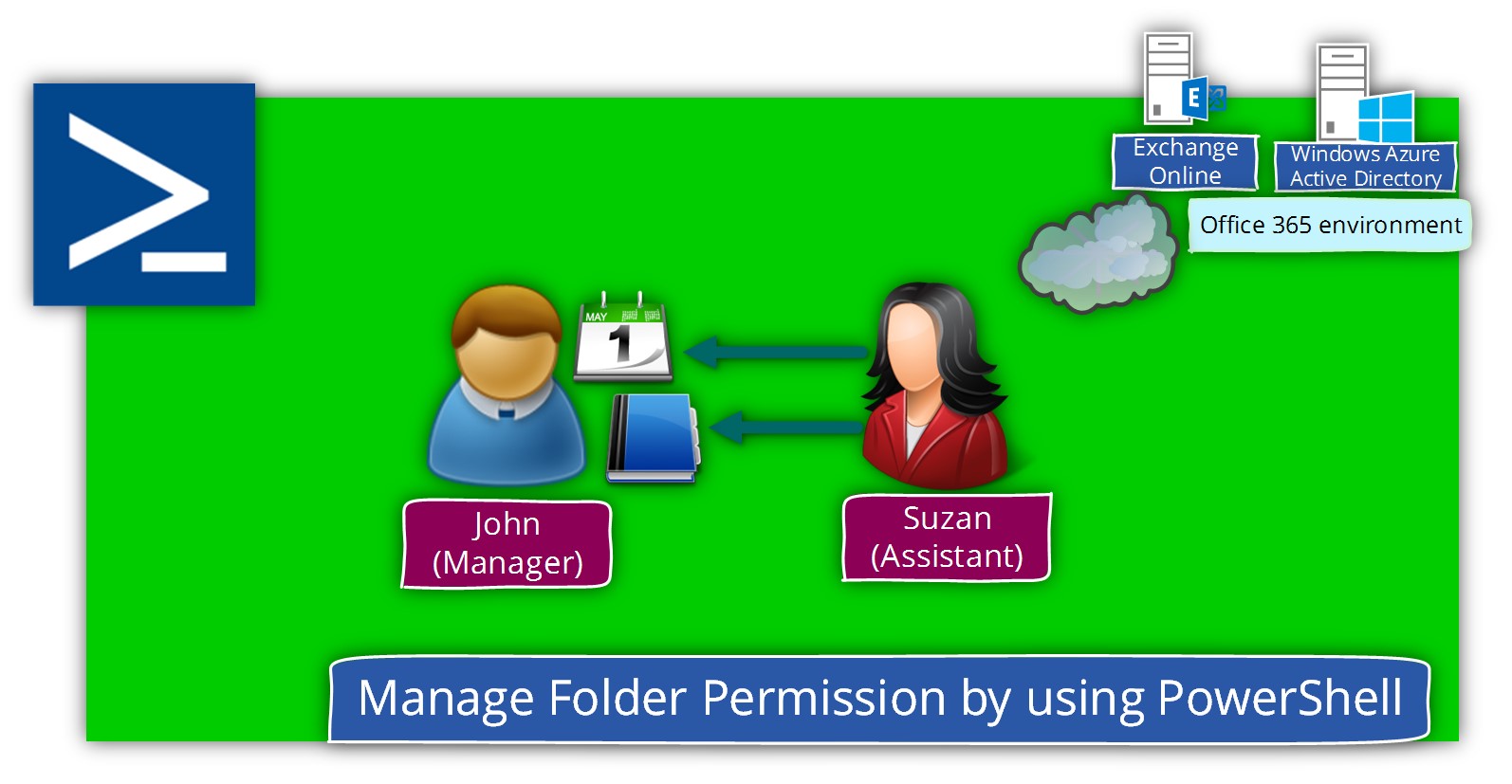

In our case when we tried to run the previous command to connect Exchange 2010 we’ve received an error: How to connect and manage Office 365 using PowerShell.įor Office 365: $Session = New-PSSession -ConfigurationName Microsoft.Exchange -ConnectionUri -Credential $LiveCred -Authentication Basic –AllowRedirectionįor Exchange Server 2010, 2013, 2016, and 2019: $Session = New-PSSession -ConfigurationName Microsoft.Exchange -ConnectionUri -Credential $LiveCred

If you are trying to connect to Office 365, specify your Office 365 tenant admin credentials:.Run the following command to save your administrator’s credentials into the PowerShell variable: $LiveCred = Get-Credential.Run the Windows PowerShell CLI as Administrator.STEP 2: Run the following command to change the permissions for all users to LimitedDetails.Connecting Office 365/Exchange from PowerShellįirst, you need to connect to your Office 365 or on-premises Exchange tenant.

$Session = New-PSSession -ConfigurationName Microsoft.Exchange -ConnectionUri -Credential $UserCredential -Authentication Basic -AllowRedirection STEP 1: Connect to Exchange Online $UserCredential = Get-Credential With just a few steps we will set the permissions for the default permissions on all folders.

So, what options do we have? From the Outlook app you can see that there are 5 options to choose from. If you try to open an invite, it will notify that you do not have access. This will show just the headlines and location of the calendar. The preferred setting might be “Limited details”. Some companies have a different wish on the default calendar settings of their users. By default the sharing permissions for the entire organization are set to “Can view when I’m busy”. In a new Exchange (Online) environment you might want to change the default calendar sharing permissions for all users.


 0 kommentar(er)
0 kommentar(er)
